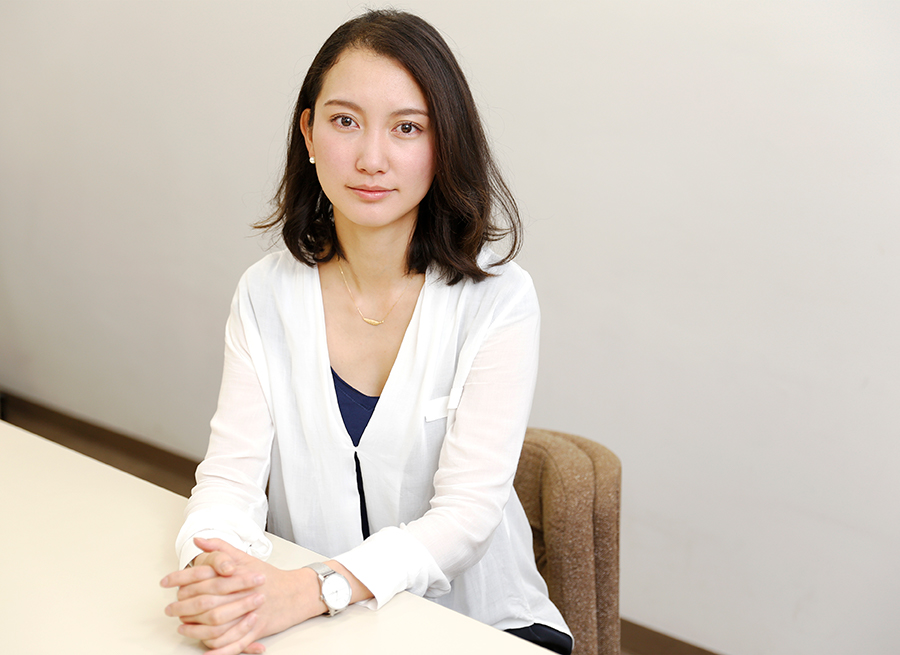A record number of 73 women were elected to Japan’s Lower House on October 28. This year saw 28 more women win seats compared to the last election in 2021, in which only 45 women won. The percentage of women holding seats is now 15.7%, compared to 9.7% back in 2021. Despite this year’s increase in female candidates, the percentage is still far below 50%, which was the goal of Japan’s 2018 Act on the Promotion of Gender Equality in Politics.
Act on the Promotion of Gender Equality in Politics
This Act proposed the principle of having equal numbers of male and female candidates in elections for the House of Representatives, the House of Councillors and local assemblies. Calling on the responsibilities of national and local governments to achieve this goal, the Act encouraged political parties and other organizations to make voluntary efforts toward gender equality. One suggested method was to set targets for the number of male and female candidates in public office.
A Push for More Female Candidates
The increase in the number of female candidates this year can be partially attributed to both the Liberal Democratic Party and the Constitutional Democratic Party placing a heavier emphasis on fielding women. Among the political parties, the CDP elected the highest number, with 30 female candidates. The LDP followed second with 19, and the Democratic Party for the People third with 6. The Japanese Restoration Party, Komeito and Reiwa Shinsengumi each nominated 4 women for the House of Representatives. The Communist Party nominated 3 female candidates; the Party of Seaters, 2; and the Social Democratic Party, none.









